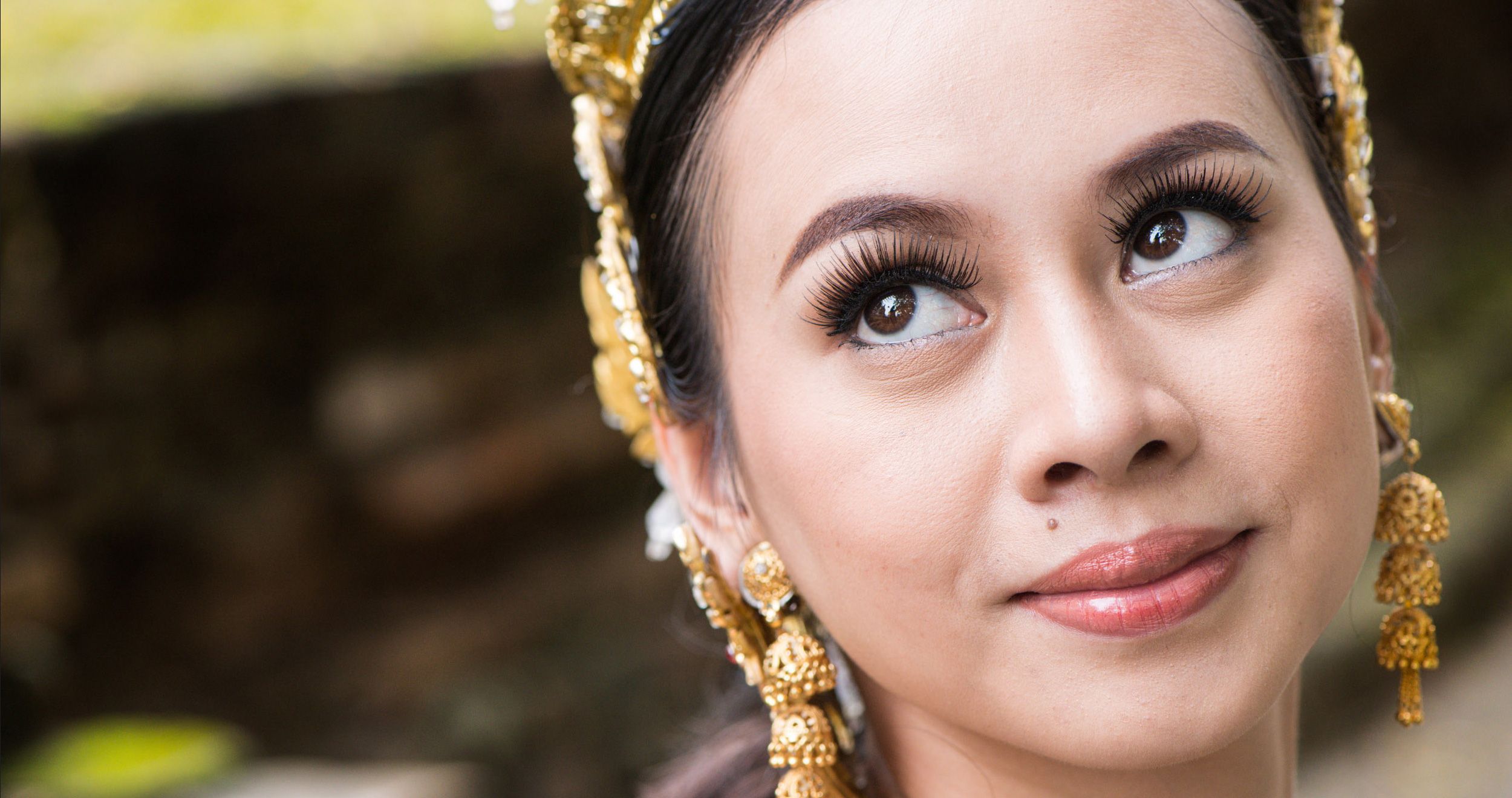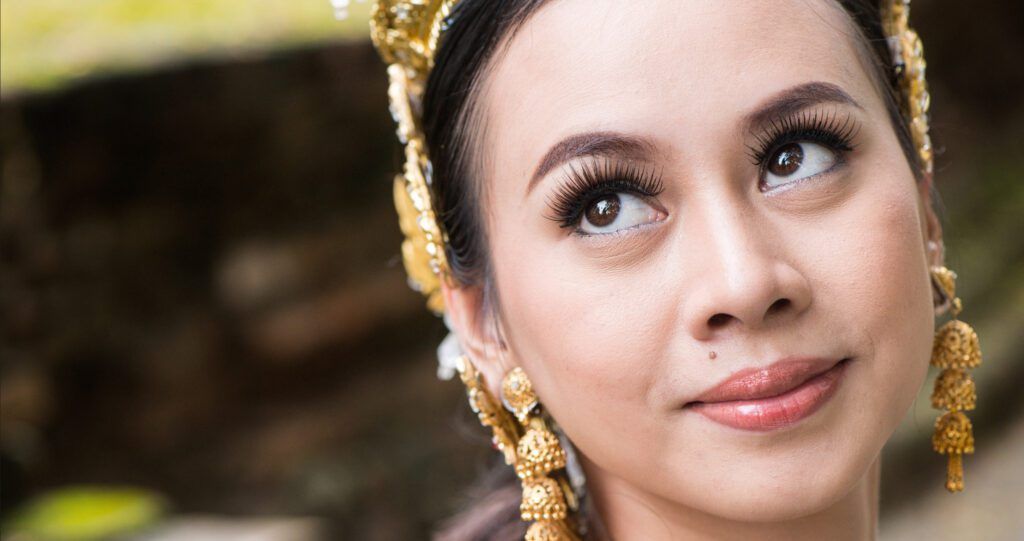In photography, a line of sight has more to do with what you cannot see than with what is visible.
Line of sight in photography refers to the invisible line from a person’s eyes to what they are looking at. In many photographs, this is not visible.
If someone is looking at you as you’re taking their photo, we cannot see what they are looking at. People or animals might also be directing their attention towards something that’s not in the frame. This builds a strong line of sight because it creates curiosity.
Sometimes images contain more than one line of sight. It might be two people looking at each other. Or maybe they’re looking in different directions. It could be someone looking at their camera monitor. The direction in which the lens is pointing creates another line of sight.
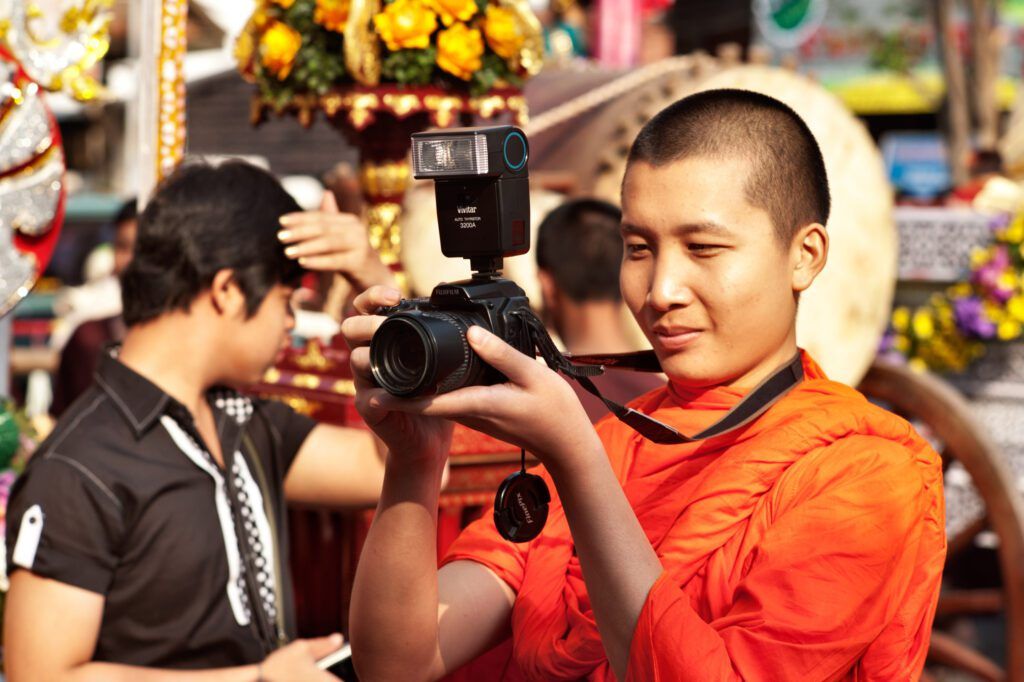
Photograph by Kevin Landwer-Johan
Key Lesson: Lines of sight are not seen. They are invisible and implied. You must think creatively about how best to use them when you are photographing people or animals.
Recommended Reading: If you’d like to improve your composition skills for better images, grab a copy of Photzy’s best-selling premium guide: Advanced Composition.
Invisible Lines
This implied, invisible line can help bring interest to a photograph. It kickstarts your imagination and nurtures your creative thinking. You cannot see the line, but your eyes follow along it to see where it will lead. This can be a powerful compositional tool when you are aware of it.
You cannot see the line, but your eyes follow along it to see where it will lead.
“A picture is worth a thousand words,” is an adage expressed in many different languages. Sometimes photographs contain so much visual information that one thousand words may not be enough to describe them. When photos also stimulate a viewer’s imagination you could not put any number on the words needed to express their thoughts.
Implied lines of sight can have this effect on anyone with a creative spirit. The invisible line flowing along the gaze of a subject in a photograph is a powerful thing. It can begin a creative thought journey into the imaginative unknown.
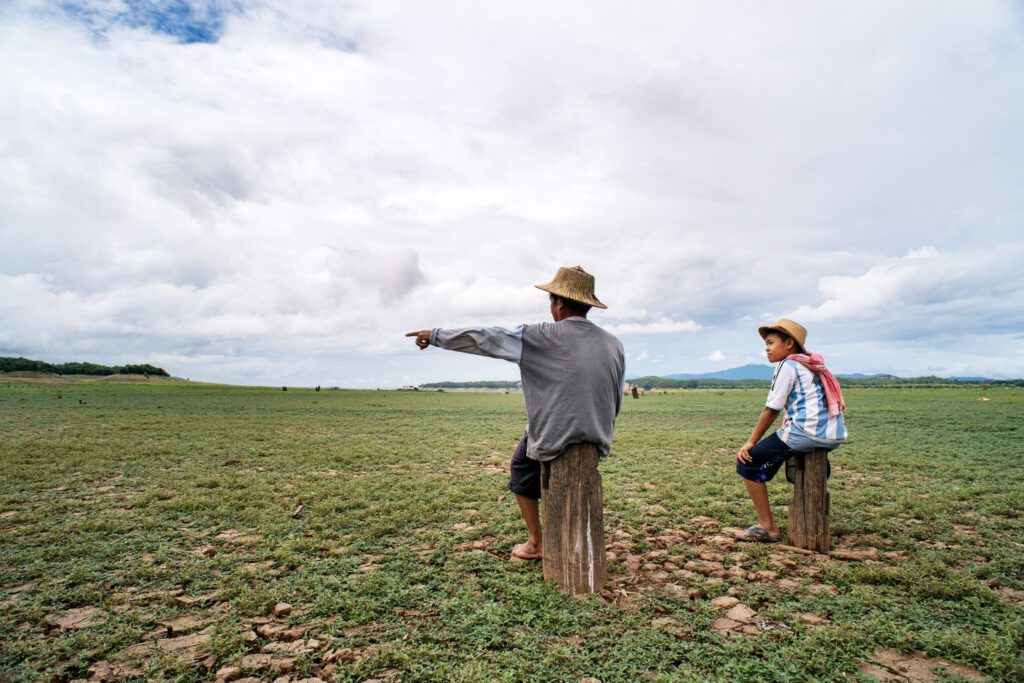
Photograph by Kevin Landwer-Johan
What are these people looking at? What is he pointing to off in the distance? The landscape is bare and provides no clues, so you must begin to imagine for yourself an interesting story. Is there a lone tree on this plain? Maybe a herd of buffalo or elephants? It remains up to your imagination and it is not difficult to find a thousand words to bring together with such a photo when you try.
Key Lesson: Use lines of sight to build more of an interesting story into your photographs.
The More Obvious Line of Sight
Not all lines of sight lead to such intrigue. Sometimes you’ll know exactly where they lead because you can see it.
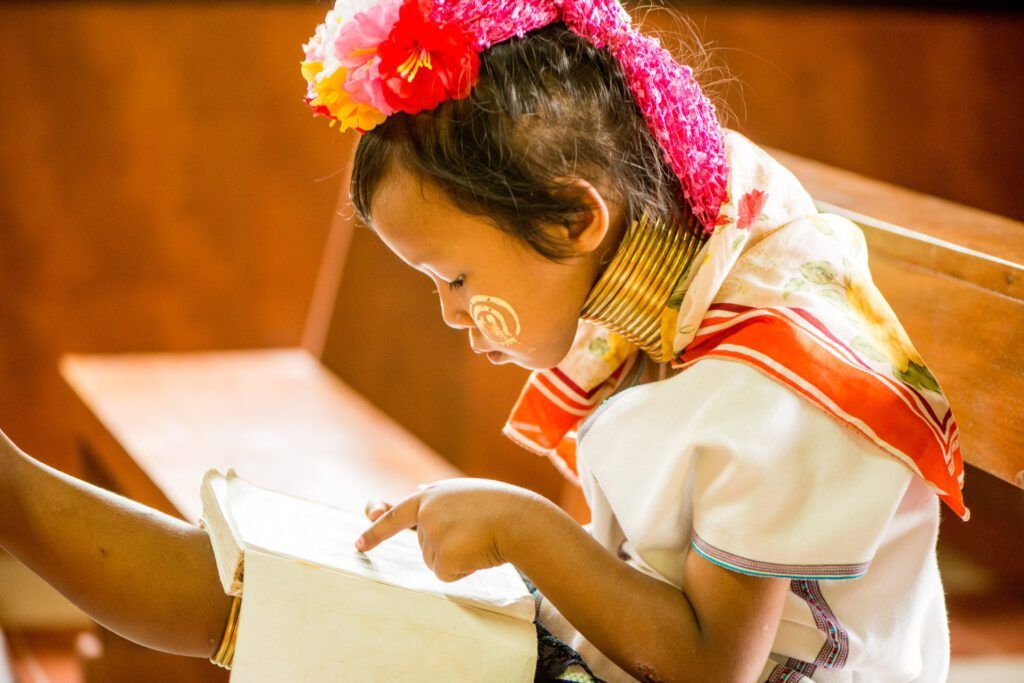
Photograph by Kevin Landwer-Johan
I took this photo of our little friend Malu. It’s easy to see where she’s directing her gaze. Her finger even refines this for us. It leaves us no doubt that she’s looking at the page. You might imagine that she’s reading, but she wasn’t … she was just trying hard to and having fun pretending that she could.
Using a line of sight in a photo does not mean the object of the person’s gaze needs to be anonymous. Being able to see what someone is looking at often helps add more weight to the importance of that element. You know it is important because there’s at least one person paying attention to it.
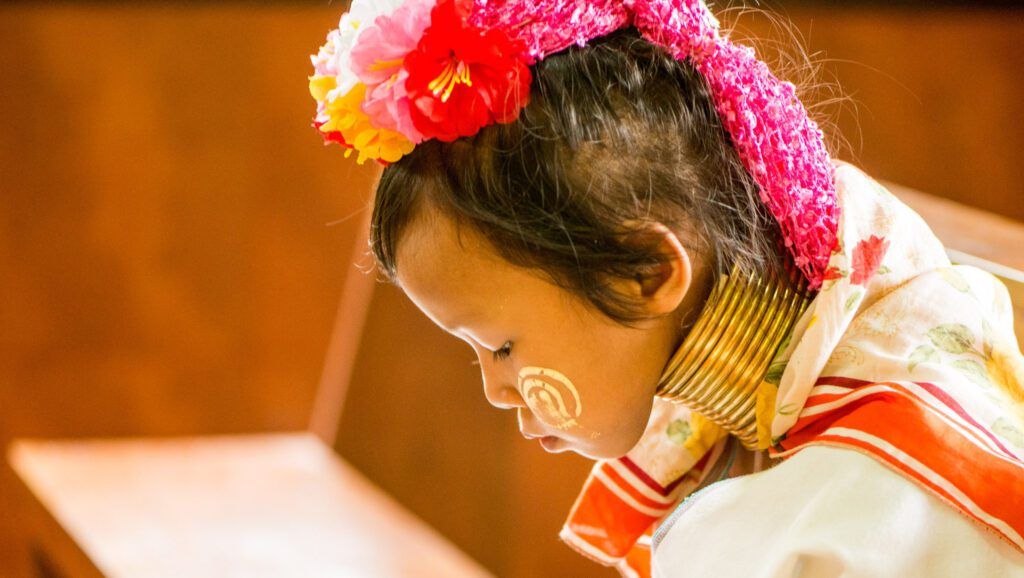
Photograph by Kevin Landwer-Johan
Without being able to see the book Malu had her finger on, the photo is still nice, but not so interesting. Being able to follow the line of sight and see what she is focusing on creates more of a story for viewers.
One popular use of this compositional technique is when two people are looking at each other. This often produces intimate photographs that contain emotion.
Wedding and engagement photographers often make good use of this because it draws the couple closer together. Depending on how close they are to each other will affect the dynamic of the emotion being conveyed.
A loving gaze is not the only way to make use of lines of sight between two people. Two people will often laugh together when being photographed in this manner. This response is more common when the two people are not in a romantic relationship.
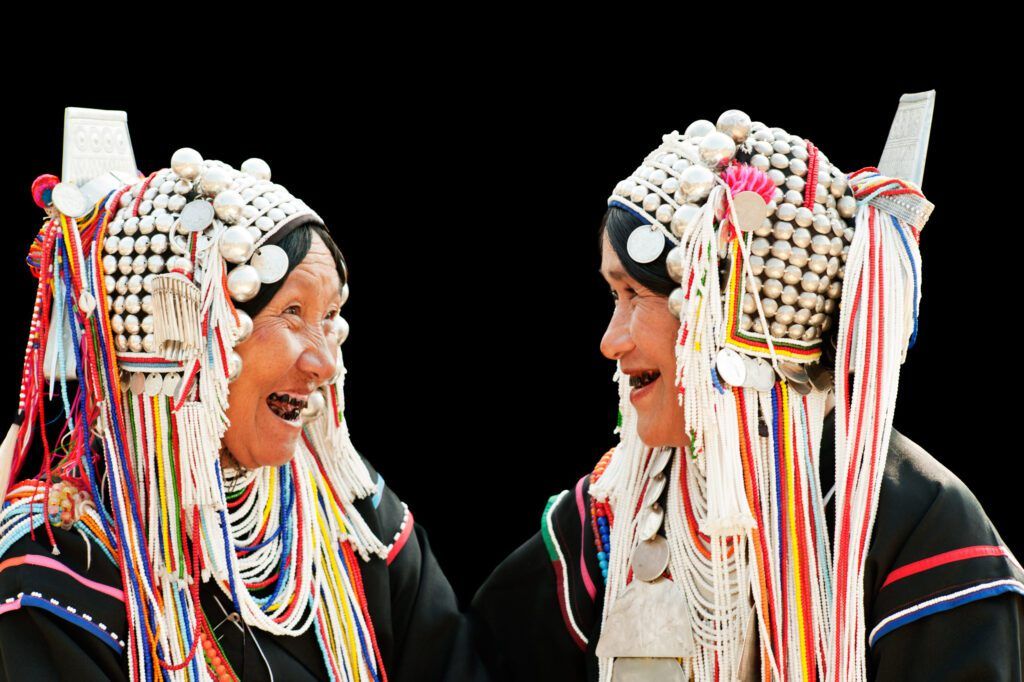
These two friends were a delight to photograph, especially when their eyes met. Photograph by Kevin Landwer-Johan
Key Lesson: Think about how obvious or subtle you want a line of sight to be in a photograph. This difference can alter the atmosphere of an image.
Lines of Sight Used With Other Composition Techniques
A line of sight projected into negative space in an image will produce a different effect than one where a person is looking towards the close edge of the frame, as the next two images illustrate.
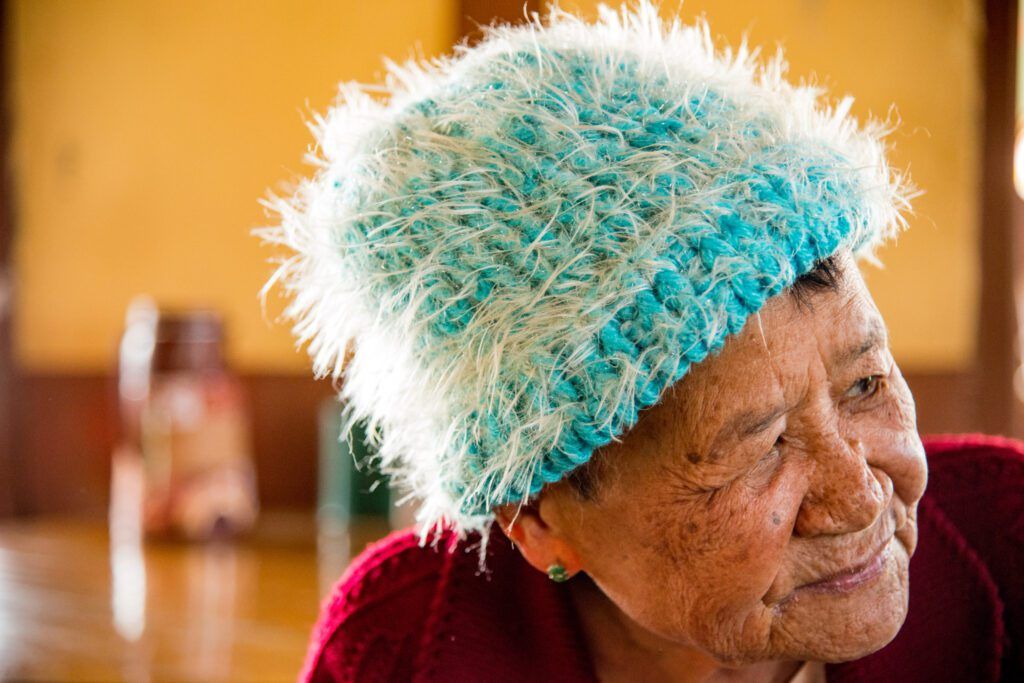
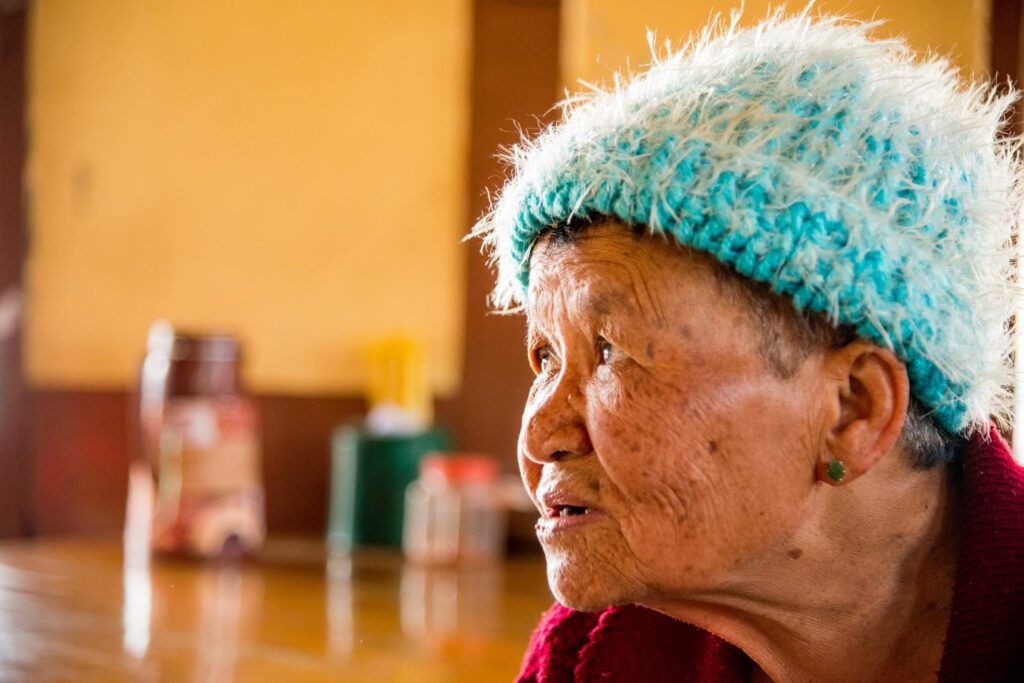
Photographs by Kevin Landwer-Johan
I took these two images during the same conversation. I had no room to compose the images differently as there were two windows behind the lady. They provided nice backlighting. If I’d used a wider focal length or shifted my camera to the left or the right, I would have included the open windows in the frame. This would have distracted attention away from my subject.
I like both of these images as they provide a very different feel, which is very reflective of the conversation we were engaged in. In the first photo where she’s looking out of the frame, there’s a sense that she is recalling some memory from the distant past. The second image portrays hope as it appears she is looking forward to something. Certainly, the lighting and her expression influence what you may imagine as you are viewing these photographs.
Line of sight can often be incorporated effectively into photos that also use the rule of thirds and negative space. Here is an example that includes all three of these rules of composition.
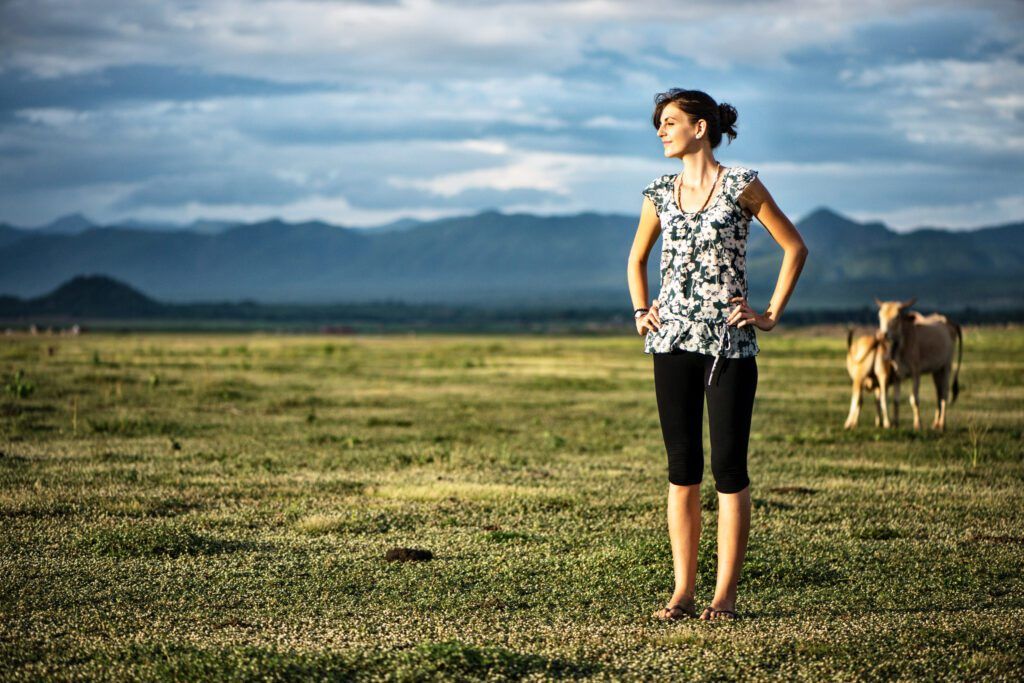
Photographs by Kevin Landwer-Johan
The woman is looking into the negative space. Because there’s nothing in that space, a sense of emptiness is created. She is standing on one vertical third line. The top of the mountains in the distance run along the top horizontal third line.
Because there’s nothing in that space, a sense of emptiness is created.
The combination of these compositional elements helps to build a more interesting photo of a woman in space (with some cows in the background). I think the line of sight produced as she looks off to the far edge of the frame is the strongest element in this composition. It helps to generate more of an interesting story than the other compositional elements.
Key Lesson: Combine line of sight with other compositional techniques to make stronger, more interesting photographs.
Multiple Lines of Sight
Photos with more than one person in them can contain more than one line of sight. Where you have two or more people looking in different directions, a sense of motion can be implied.
It can be challenging to make this work well because you don’t want to create a confusing photograph. A viewer may not know where to look if the lines of sight do not have meaning.

Photograph by Kevin Landwer-Johan
In the image above, there are many lines of sight between the four men. There’s also a strong physical line in the foreground made as the two men shake hands.
The two younger men smile at the man looking away from the camera at the seated man. These two men look at each other, but you can only see the eyes of the seated man. You are still aware of the line of sight of the man facing away from the camera, though.
I focused on the seated man because his gaze meant the most to me. He was not particularly happy with the deal that had just been made. There is a lot of movement made by the invisible lines of sight in this photo.

Photograph by Kevin Landwer-Johan
In the image above, the movement is different, with the man looking directly at the camera and the woman’s gaze cutting across it. There is still a sense of movement, but it is less fluid because the lines of sight cut across each other.
Even though she is in the foreground and focus, he is engaging because he’s looking at you. If he was looking away from the camera, his gaze would not influence the picture so much because he is not in sharp focus.
Key Lesson: Be careful when photographing more than one person that their lines of sight provide a dynamic you want in your photos.
Recommended Reading: If you’d like to improve your composition skills for better images, grab a copy of Photzy’s best-selling premium guide: Advanced Composition.
Conclusion
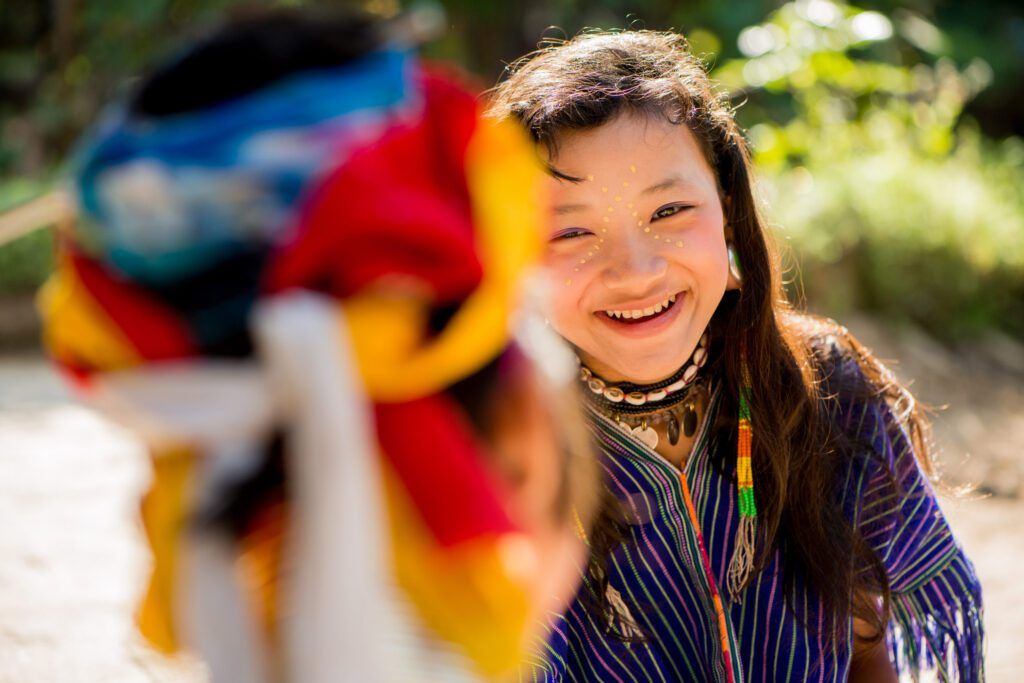
Photograph by Kevin Landwer-Johan
Being aware of lines of sight that will potentially help shape an image is the first step to using them well. Look at people and where they are looking. How can you include their stare best in your composition?
I think this technique is one key element that can be used to build a stronger story into any picture. When you use a line of sight to stimulate thought in a viewer, they’ll likely spend longer looking at your photo and thinking about it. This is never a bad thing!
As you put this technique into practice, think about how you are incorporating other compositional techniques as well. Combine line of sight with negative space, the rule of thirds, and any other rule when you see them working well together.
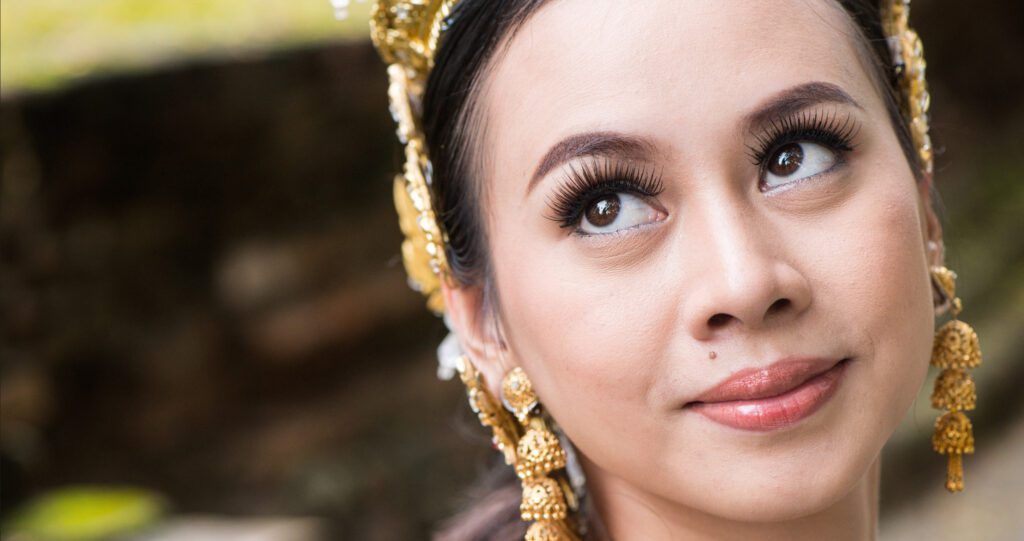
Photograph by Kevin Landwer-Johan
Self-Check Quiz:
- Can you see a line of sight?
- What’s one element an image needs to have for it to contain a line of sight?
- Can photos contain more than one line of sight?
- What can lines of sight kick start?
- Is it possible to use a line of sight with other compositional techniques?
- Do you always need to show what a person is looking at for there to be a line of sight?


